Noah Webster House and West Hartford Historical Society
Introduction
Text-to-speech Audio
Images
Noah Webster's birthplace has been a museum dedicated to his legacy since 1966.
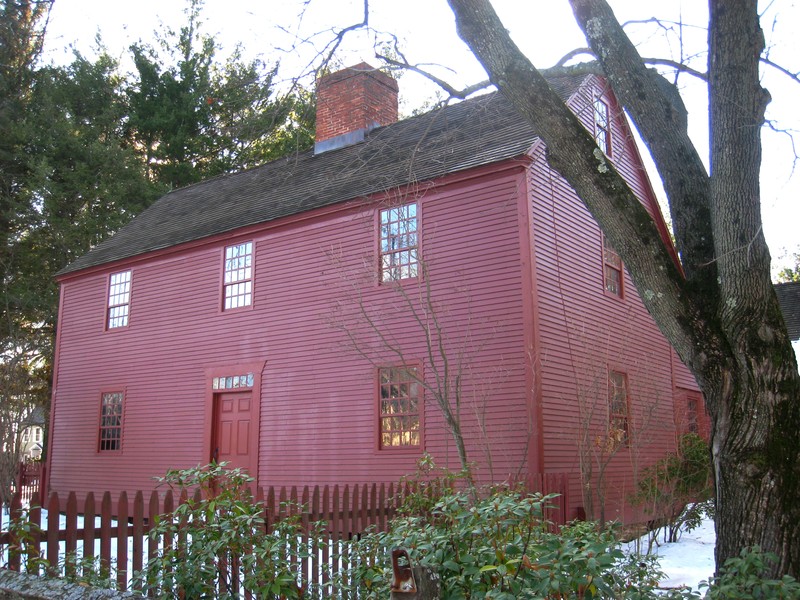
This side view reveals the house's brick edition and the Historical Society's museum.
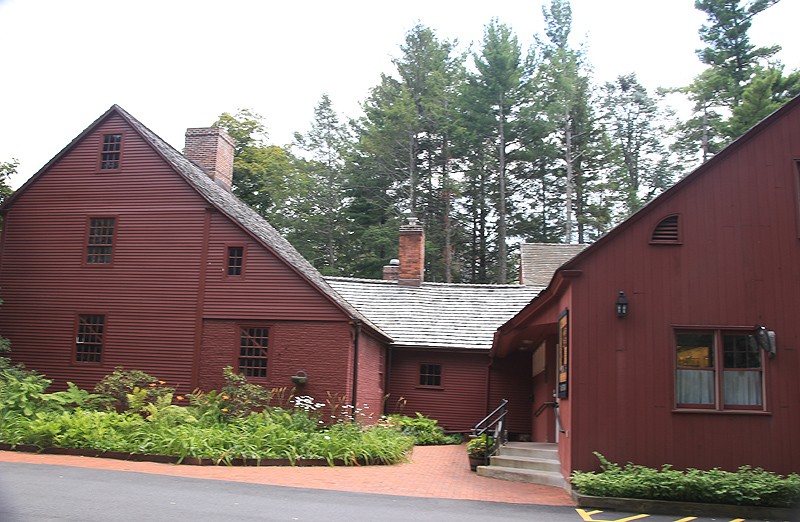
Noah Webster was involved in matters aside from American English, such as abolition.
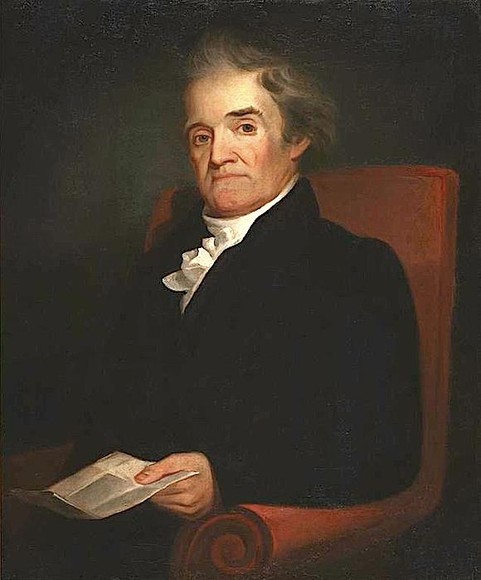
A first edition of Webster's dictionary.
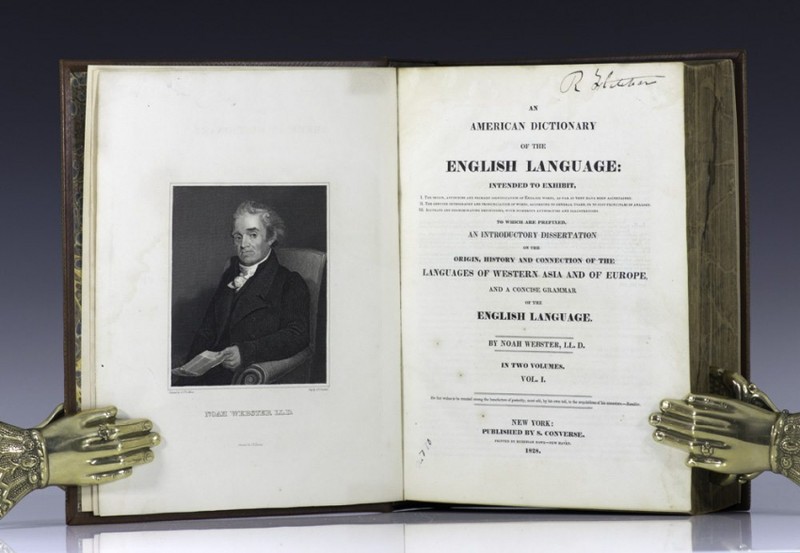
A page from Webster's Blue Back Speller which sold over 100 million copies.
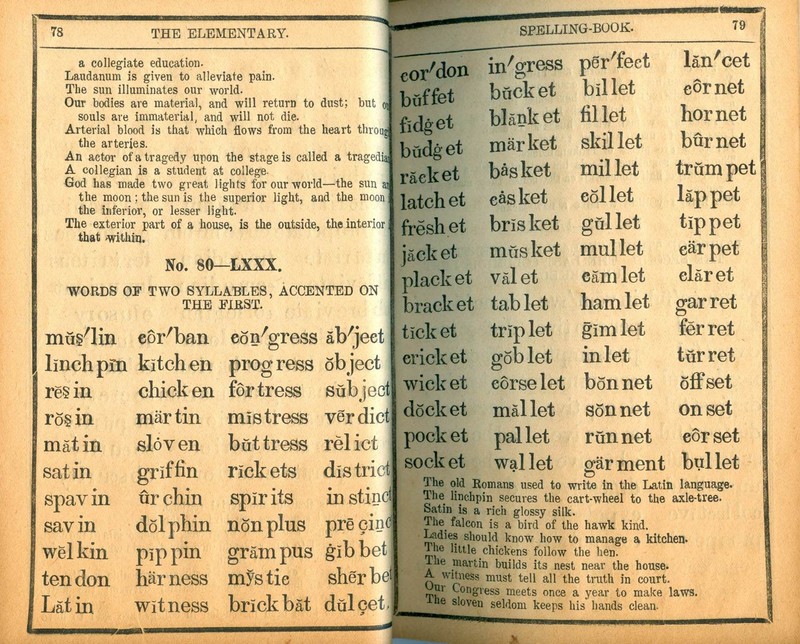
Backstory and Context
Text-to-speech Audio
Noah Webster’s birthplace and childhood home was built sometime during the first half of the 18th century. The two-story, wood framed house had a barn-like appearance. Its four rooms (two on each floor) were protected by a gable roof, clapboard siding and nine-over-six sash windows. For heat, it had fireplaces in each room serviced by a large, central chimney. A single-story brick addition that served as the home’s kitchen was built later that featured a stone sink with a connecting trough that ran to the outside. A wood-framed ell was also added to the rear of the house at a later date.
Noah Webster was born into this modest home in 1758. His father was a farmer and weaver who struggled financially to send Noah to Yale in 1774 at the age of 16. However, his father scraped the money together and Noah graduated in 1778. He desired to attend law school, but his family could not afford the additional expenses. Thus, he began teaching in Hartford, Litchfield and Sharon, Connecticut. However, he would continue his law studies on his own and entered the bar in 1781.
At each teaching location Webster experienced the same poor learning environment; too few desks, children of all ages in a single classroom and poorly trained teachers. He also grew frustrated with the outdated textbooks from England he encountered, a problem he sought to rectify. In 1783, he wrote "A Grammatical Institute of the English Language" which became known as the “Blue Back Speller” due to its blue cover. This text taught children to read, spell and pronounce words in America for over a century and sold over 100 million copies. Webster went on to publish part II in 1784. Part III, which was published in 1785, was a patriotic and moralistic reader, a pattern that was followed by other authors of readers, such as William McGuffey. He then traveled up and down the east coast selling his texts and began to lobby for literary copyright laws to protect his work.
Webster married Rebecca Greenleaf, from Boston, in 1789 and the couple went on to have eight children. They moved from New Haven to Amherst, Massachusetts, where Webster helped found Amherst College. The family would later return to New Haven. All the while, Webster continued writing prolifically. He published "Sketches of American Policy" in 1785, "An Examination into the Leading Principles of the Federal Constitution" in 1787, and his "New England Primer" in 1789 and 1801.
However, Webster is best known for his work compiling the first American dictionary which began in 1801. He began this work in order to separate American English from British English as he noticed different spellings (color as opposed to colour and theater rather than theatre) and uniquely American words such as skunk and squash. He also sought to codify American English in order to, in a sense, create a common language. He published his first dictionary, "A Compendious Dictionary of the English Language," which contained over 37,000 definitions, in 1806. But his work continued and culminated in his "American Dictionary of the English Language," with its 65,000 words, published in 1828. Webster, who died in New Haven in 1843, was also quite active in other causes, to include the creation of a strong federal government, universal education and the abolition of slavery.
Today, the Noah Webster House and West Hartford Historical Society convey Webster’s work and legacy through both a period and local history museum. The period museum contains 20 original editions of Webster’s works, to include his Blue Back Speller and dictionary. It is also home to one of his desks, two clocks and various pieces of his china and glassware. The site is also home to a library, archives, Noah’s Discovery Learning Space, the Jodik Education Center, a one-room schoolhouse and orientation center, and three exhibition galleries.
Sources
Schroer, Blanche. "National Register of Historic Places Nomination Form: Noah Webster Birthplace." United States Department of the Interior/National Park Service. January 6, 1974. Accessed January 20, 2020. https://npgallery.nps.gov/NRHP/GetAsset/NHLS/66000886_text
"All About Noah Webster." Noah Webster House. Accessed January 20, 2020. https://noahwebsterhouse.org/noahwebsterhistory/
"CT Legends of Entrepreneurship and Innovation: Noah Webster." Innovation Hartford. November 22, 2016. Accessed January 20, 2020. https://www.innovationhartford.com/tag/noah-webster-house/
Dobbs, Christopher. "Noah Webster and the Dream of a Common Language." Connecticut History. May 28, 2019. Accessed January 20, 2020. https://connecticuthistory.org/noah-webster-and-the-dream-of-a-common-language/
